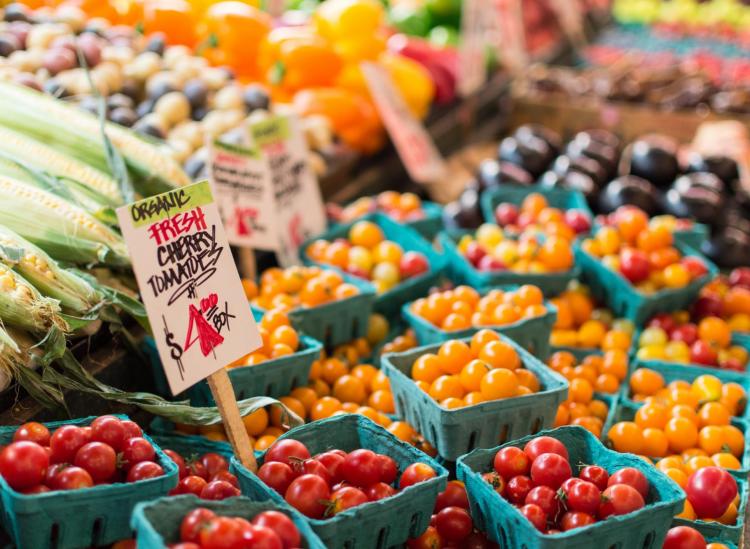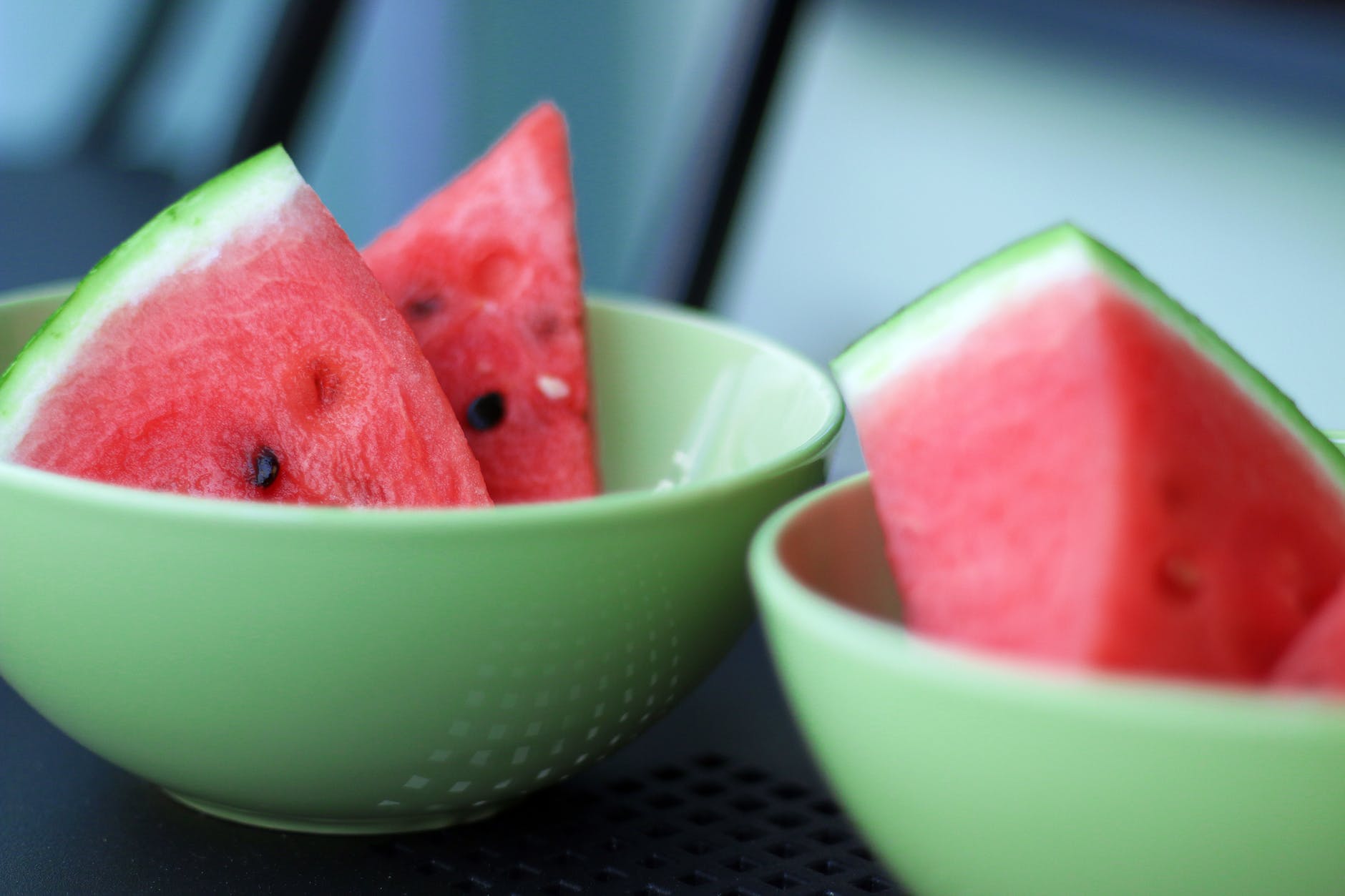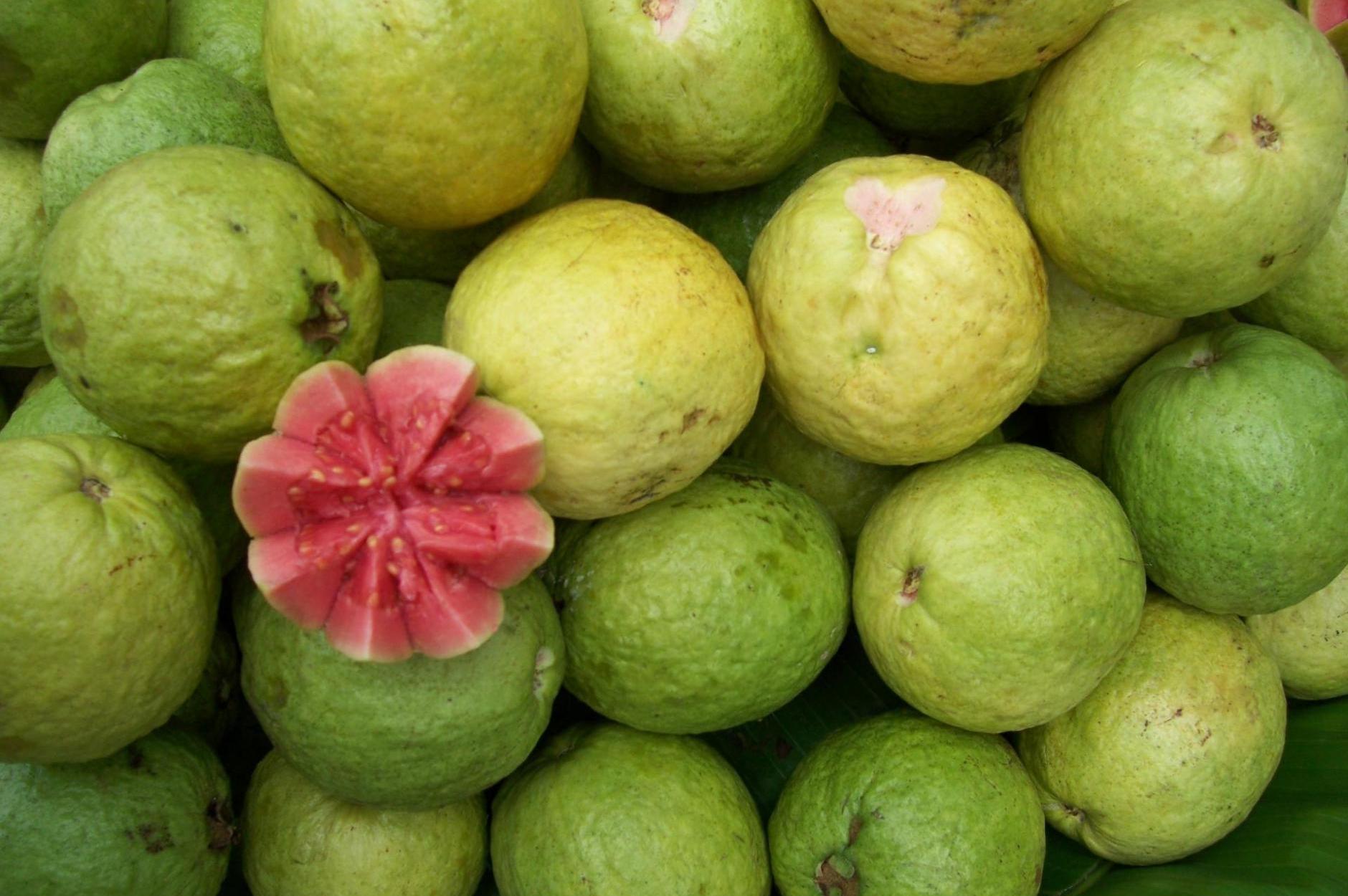Why Your Diet Could Benefit From A Lycopene Boost (And How To Get It)

Unsplash/Anne Preble
If you could add only one nutrient to your diet today, make it lycopene. This amazing antioxidant is a natural component of a handful of fruits and vegetables that helps protect your cells from unwanted damage. A member of the carotenoid family (AKA the chemicals that give reddish produce its vibrant hue), lycopene can help your body fend off heart disease, atherosclerosis and even potential cancers. Yeah, it’s that powerful.
People who are familiar with lycopene probably associate it with tomatoes. They’re not necessarily the most the most lycopene-rich food, but they’re unique in that when they’re treated with heat in some way, shape or form, the lycopene in the tomatoes becomes more bioavailable (meaning the human body can directly use a lot more of it). Thanks to this reaction, things like tomato juice, tomato paste and ketchup have the highest, most beneficial lycopene contents around.
However, you aren’t limited to just tomatoes and tomato products if you’re trying to up your lycopene game. And since you don’t need a ton of it — professor Edward Giovannucci, M.D., at the Harvard School of Public Health recommends getting at least 10 milligrams of lycopene per day — choosing a few of the right foods can make all the difference for your body’s ability to protect itself. Here’s a handful of other fruits can veggies that can give you the lycopene you need when tomatoes aren’t on the menu.

Pexels
Watermelon
Bring on the best fruit of the summer! Just a cup and a half of fresh watermelon contains between 9 and 13 grams of lycopene. And fun fact: Watermelon has about 40 percent more lycopene than raw tomatoes.
Red Cabbage
This dynamic veggie can easily give you a little lycopene boost when you make a fresh slaw, toss some shreds into your salad or make tonight a stir-fry kind of night. One cup of shredded red cabbage has 14 micrograms of lycopene, which isn’t a ton, but hey, you don’t need much to make it count.
Grapefruit
Beloved diet fruit grapefruit can also help your body meet its daily lycopene needs. A half of a pink grapefruit contains just under 5 milligrams of lycopene, so dig into a whole one for breakfast and you’ll be set for the rest of the day.
Asparagus
This green veggie is the one outlier on this list when it comes to color. But if you grab skinny stalks that have that pretty purplish hue at the tips, you could reap the benefits of 30 micrograms of lycopene per half-cup serving. It won’t fulfill your entire day’s worth, but it’ll add on in a healthy and tasty way.

Wikimedia Commons
Guava
Let’s get tropical! Pink guava is another solid source of lycopene, coming in at almost 3 milligrams per fruit. Plus, it can be used in all sorts of fun breakfast and dessert recipes, keeping your taste buds just as happy as the rest of your body.
Red Bell Peppers
These sweet veggies are a clear winner when it comes to lycopene. One cup of sliced red peppers has half a milligram of lycopene, so add these babies to your carrots and hummus snack rotation or toss a bunch in your next salad medley.
Papaya
One small papaya has approximately the same amount of lycopene as the guava fruit, so pick your favorite way to embrace the natural bounty of the tropics and dig in. We recommend blending them both in a sweet and refreshing morning smoothie for double the lycopene punch.
RELATED
How To Take The Best Care Of Your Skin As The Seasons Change
Why You Should Go Organic With Your Skincare Products
People Are Using Quinoa For Skincare And It’s Not As Weird As It Sounds











